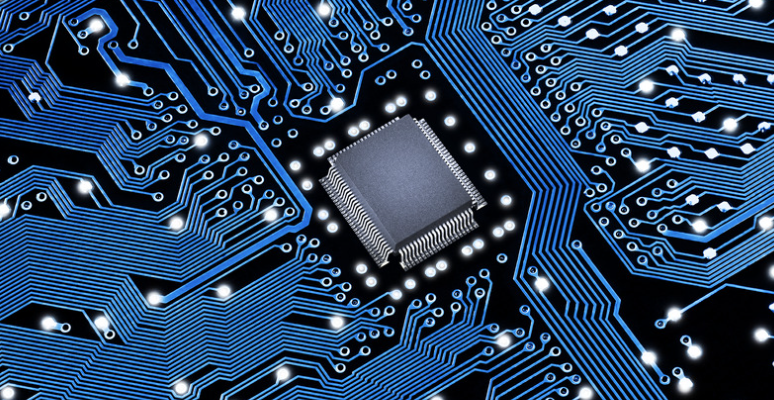
How PCBs Are Utilised in Different Industries?
The applications of printed circuit boards, otherwise known as PCBs, are endless. They’ve made their way into an array of industries, enabling huge progression in each sector with game-changing technology thanks to accompanying PCB software. There’s even been talk of using PCB manufacturing more rigorously for artificial intelligence, a topic that’s on the tip of everyone’s tongues right now.
What are PCBs?
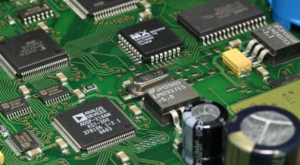
But first, what actually are PCBs? Printed circuit boards are non-conductive boards used in electronic engineering to connect components, allowing electric currents to pass through using copper conductors. There are different types of inductors for PCBs. You can get single-sided and double-sided PCBs and multi-layer, rigid, or flex varieties. The adaptability of PCBs opens up a range of possibilities across different fields.
How PCBs Are Utilised in Different Industries?
Medicine
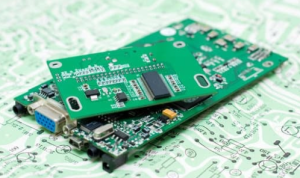
Modern medicine has been revolutionised in recent decades – and it’s fair to say that PCBs and accompanying software have played a big role in this. Examples of electrical equipment and technology include ground-breaking cochlear implants for deaf people, allowing them to hear. On top of this, PCB design aids MRI machines with medical imaging.
They’re also used in ultrasound equipment, which has also been crucial in diagnosing medical conditions and ultimately saving lives. Even electronic health records, facilitated by PCBs, have helped to make the medical sector run more smoothly.
Automotive
PCBs also play a role in the automotive industry. They’re used to aid safety standard facilities in modern cars, such as the functioning of airbags and anti-lock brake systems. Often, high-temperature PCBs that help to dissipate heat quickly are used in automotive applications. It isn’t just about safety either – PCBs have helped morph our vehicles into smart, convenient machines. PCBs can be used for GPS functions, allowing people to use smart technology and seek out more efficient routes while driving.
LEDs
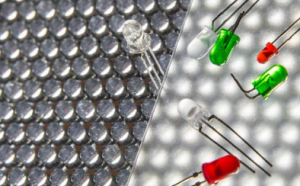
Designers and engineers who work with LEDs can use PCBs to create more advanced and efficient technological solutions. According to Environmental Protection Act, the encouragement to consider environmental impacts in our day-to-day can be catered to by switching lighting to LEDs, which PCBs facilitate. As a result, lighting can be adapted in smart ways to suit personal and commercial settings. Think flashlights, spotlights and even solar-powered lighting – all of which can be useful in different settings.
Security
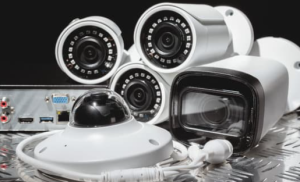
PCBs can provide a more reliable and flexible way of working, enabling software experts to craft security systems that are better suited to their purpose. Security cameras can now combine the lens with sensors and other functions. Buildings can also be designed with security in mind, perhaps through key cards, to help protect off-limit areas and promote a logical flow within personal and commercial settings. The ability to combine different functions into one feature or device has opened up endless opportunities in this sector.





